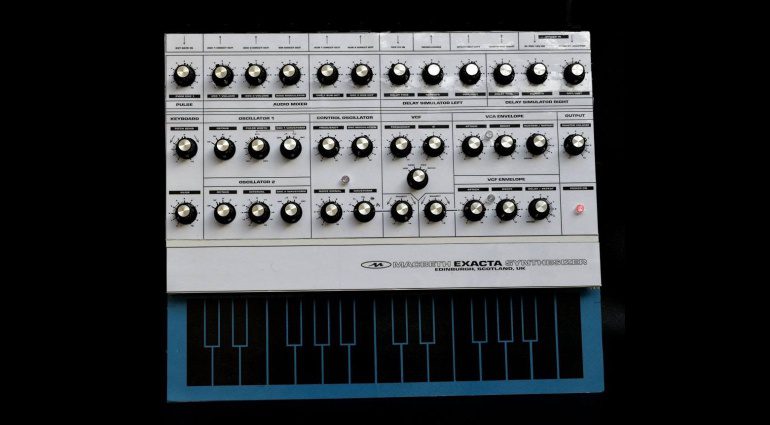When Tom Oberheim re-entered the synth market in 2009 by reissuing his classic SEM, he adhered to the original design and sound quality as much as modern parts procurement would allow, while adding contemporary features (MIDI-to-CV converter, note-priority modes, a noise source) that expanded the module’s usefulness without jeopardizing the timbre that made it so popular.
I was able to review the new SEM against my own pair of vintage modules, and to match the sound of the originals to a very high degree (keeping in mind that any two analog synths that are 40 years old will to differ from each other slightly). Priced between $899 and $1,199 (depending on the feature set), these new SEMs proved to be a smarter buy for musicians who craved authentic Oberheim sound and wanted an instrument they could use, rather than pay collector prices for a museum piece.
Of course, Oberheim fans immediately began requesting a return of the classic SEM-based keyboards—the Two Voice, Four Voice, and Eight Voice. The Two Voice Pro (TVS-Pro), as it is now called, is first in a proposed line of these instruments. And like the SEM, it is more than a simple ’70s redux: Oberheim added a range of features that were unavailable on the original, but that modern players expect, while maintaining the vibe of an earlier era.
Yesterday…
As its full name implies, the Synthesizer Expander Module of 1974 was originally designed to be an accompanying voice for monosynth users. Featuring two VCOs (each with sawtooth and pulse wave choices), an LFO, a resonant 2-pole multimode filter, and two 3-stage envelope generators, the SEM could be used to fatten up the sound of your main keyboard or be driven by the Oberheim DS-2 digital sequencer, so you could use your monosynth for bass or lead duties. The SEM’s 2-pole filter response also gave the module a distinctive timbre at a time when the Moog and ARP 4-pole sound was prevalent.
A year later, Oberheim grouped SEMs together with a polyphonic scanning keyboard to create the Two Voice and Four Voice, the first analog polysynths with independent voltage-controlled voices. These stacked SEMs were capable of creating massive tones that drew the attention of major artists.
But the strength of the system also proved to be its biggest drawback: Like all analog synths of the time, each SEM voice had to be individually tuned and programmed—a time consuming affair. A programming module was eventually introduced for the 4-and 8-voice systems, allowing you to save and recall some module parameters. Then Sequential Circuits introduced the Prophet-5, which could control and store analog parameters using microprocessors, forcing Oberheim and other manufacturers to follow suit with their subsequent instruments.








